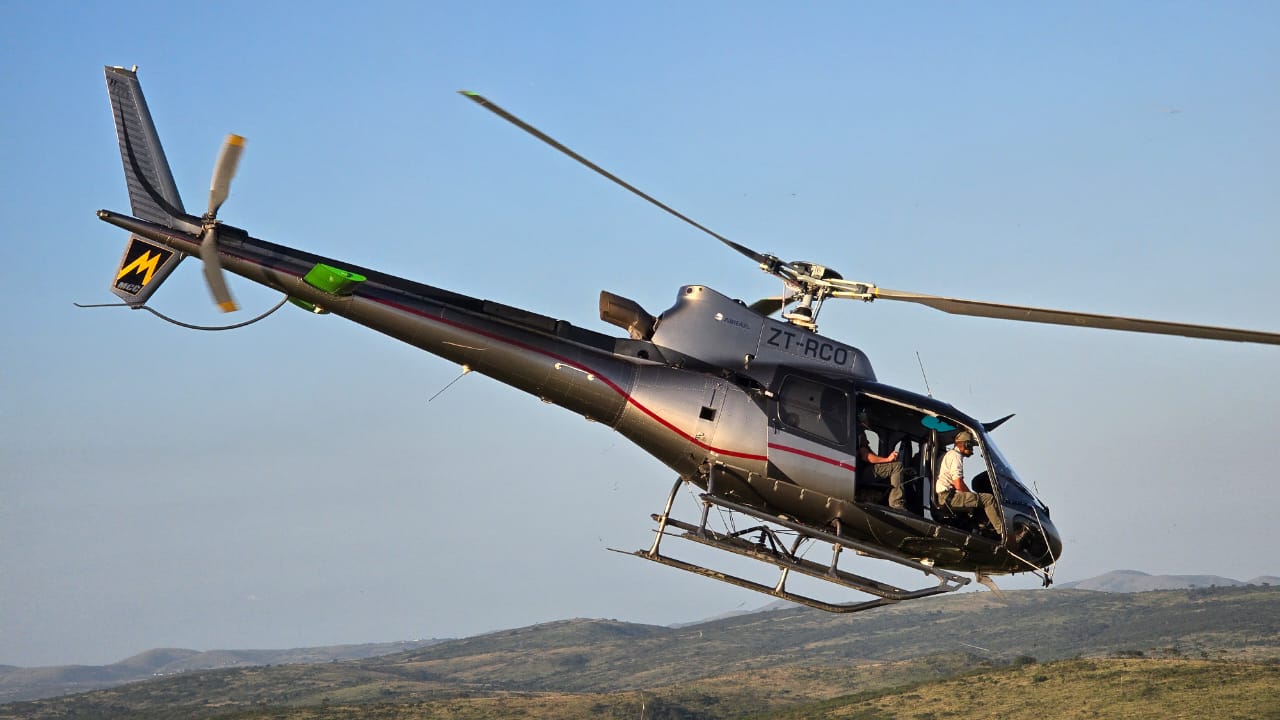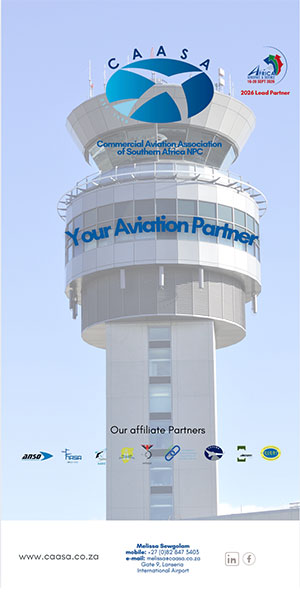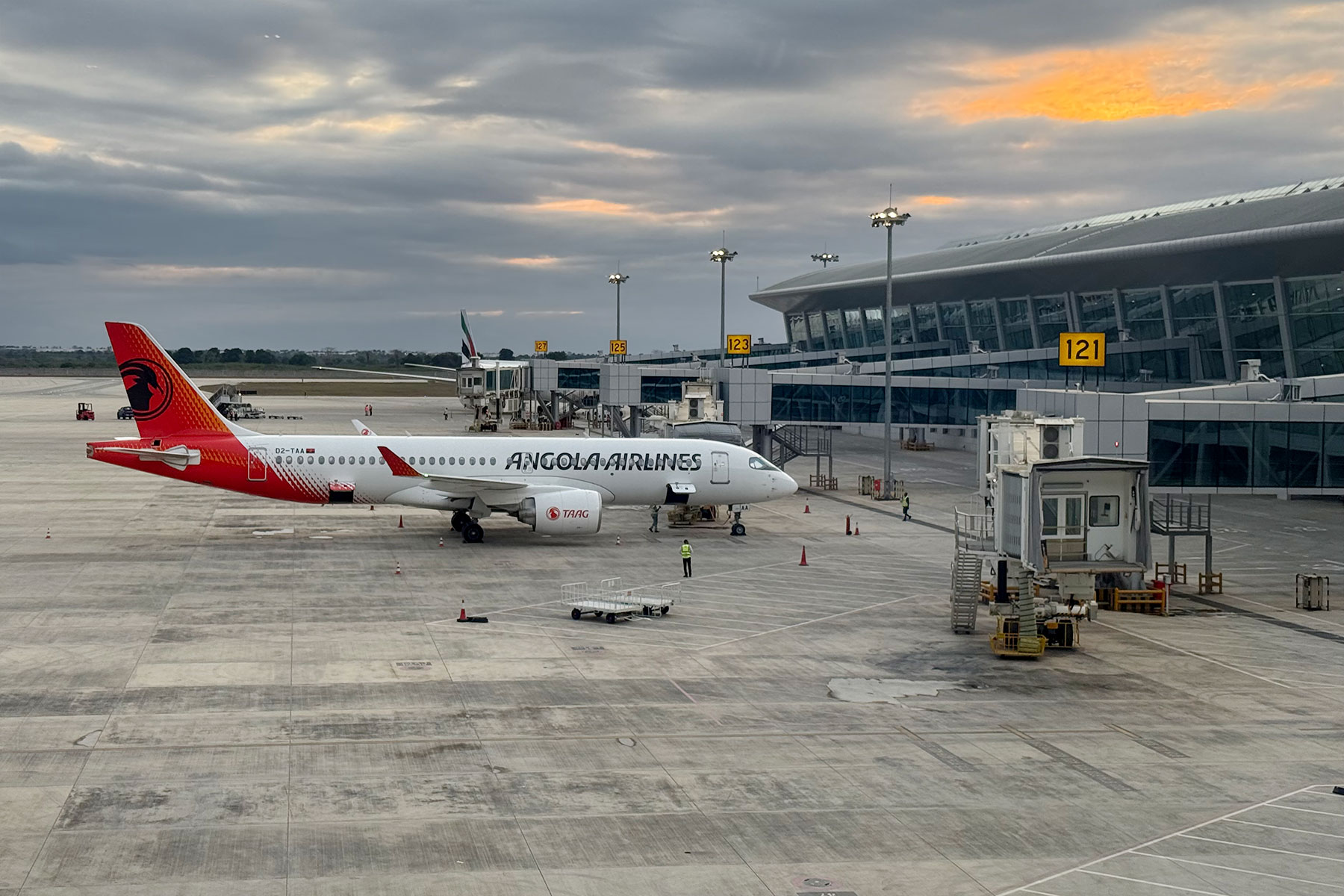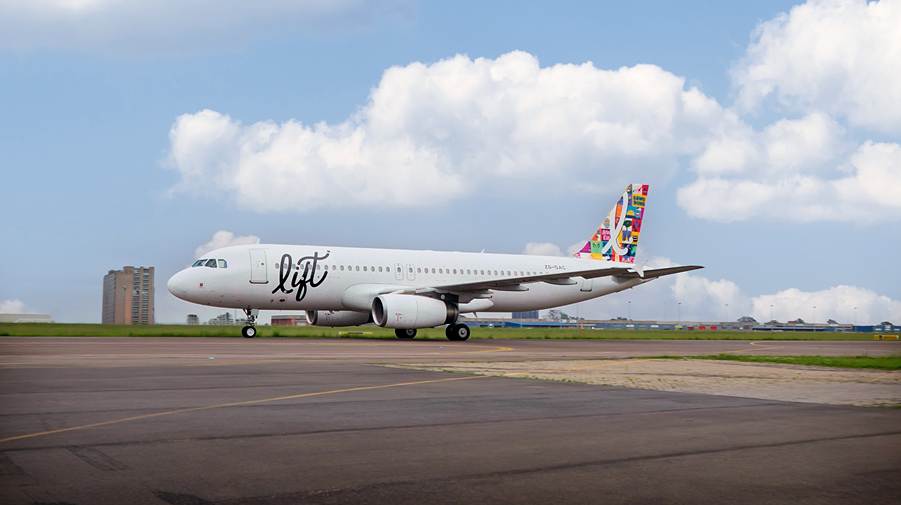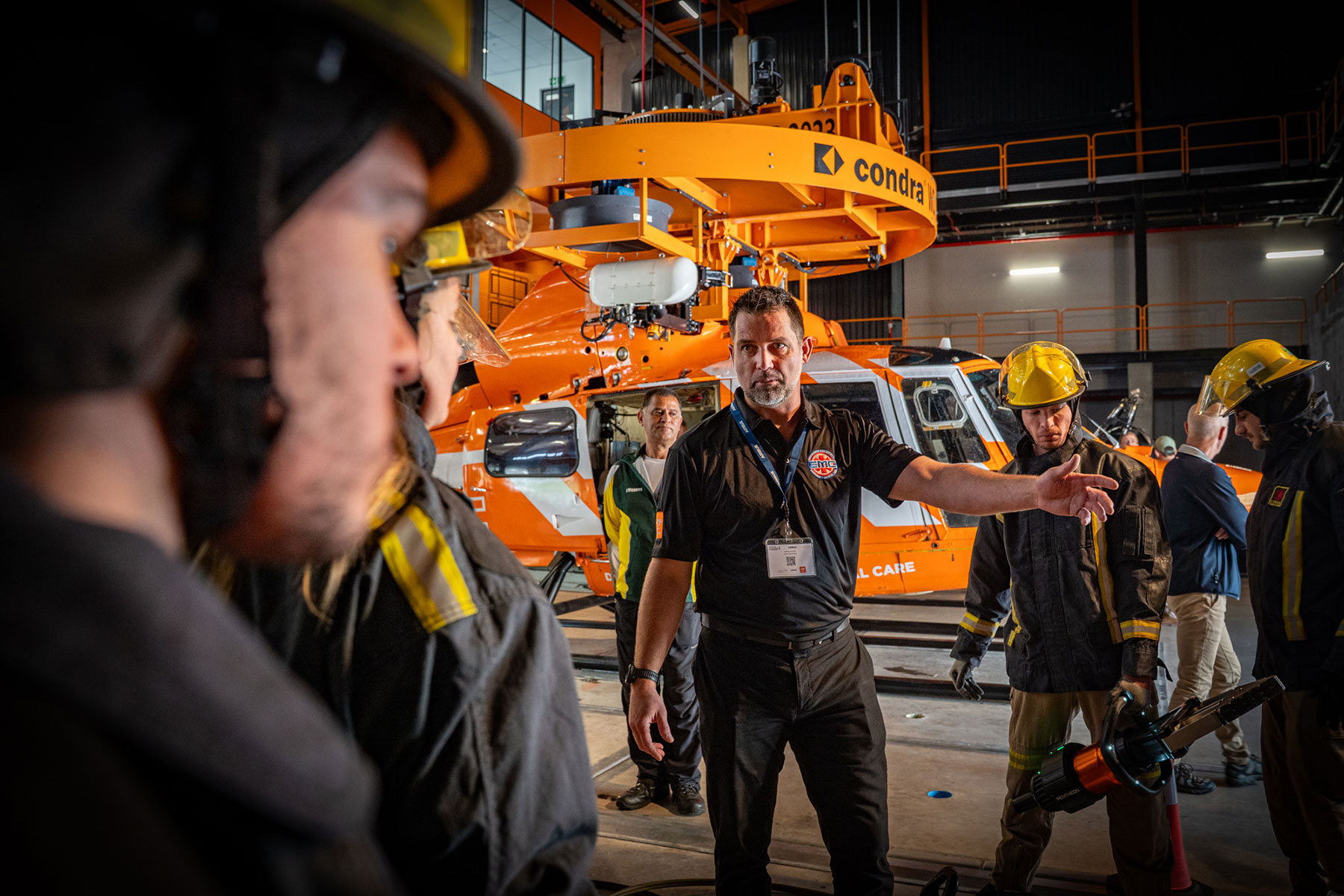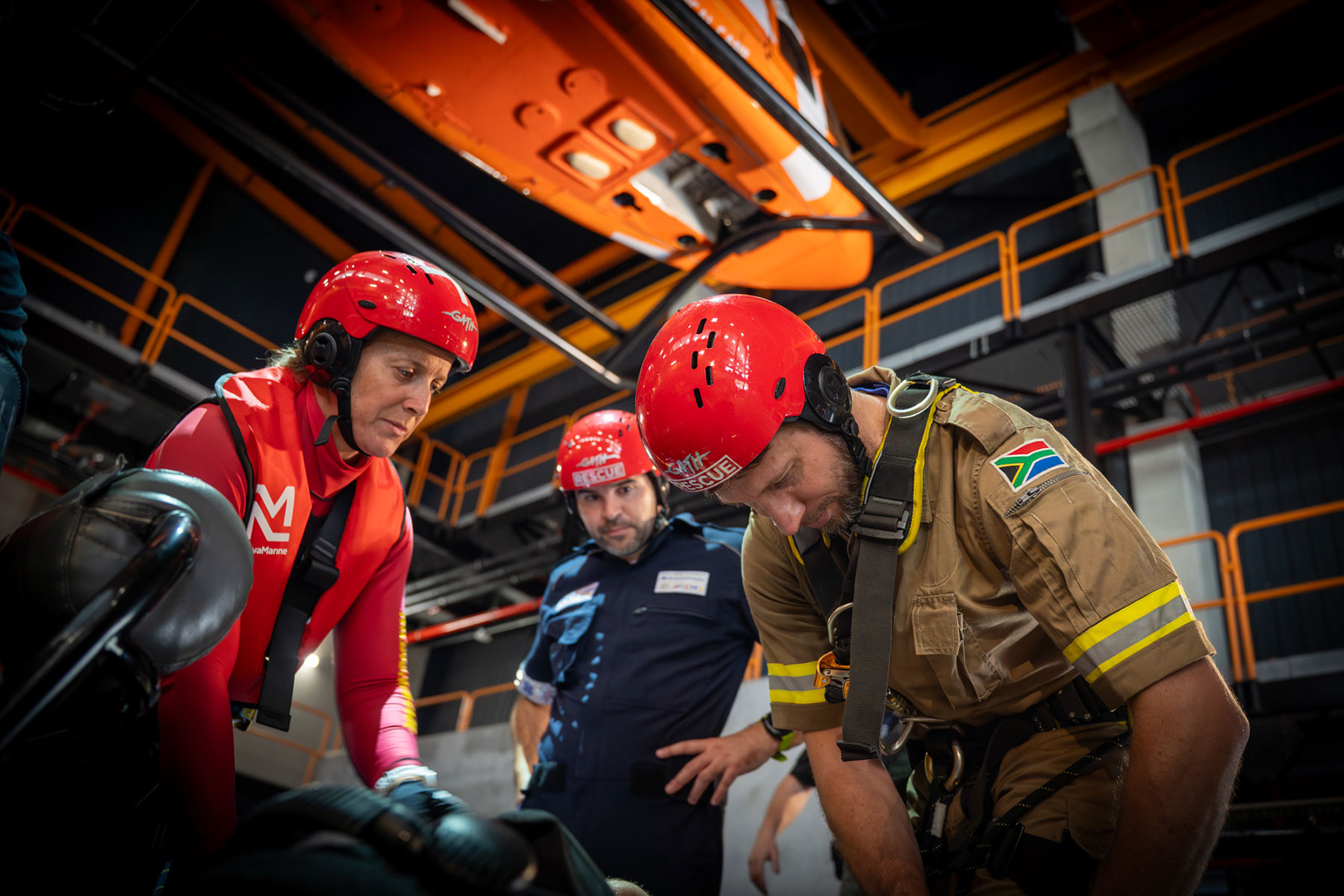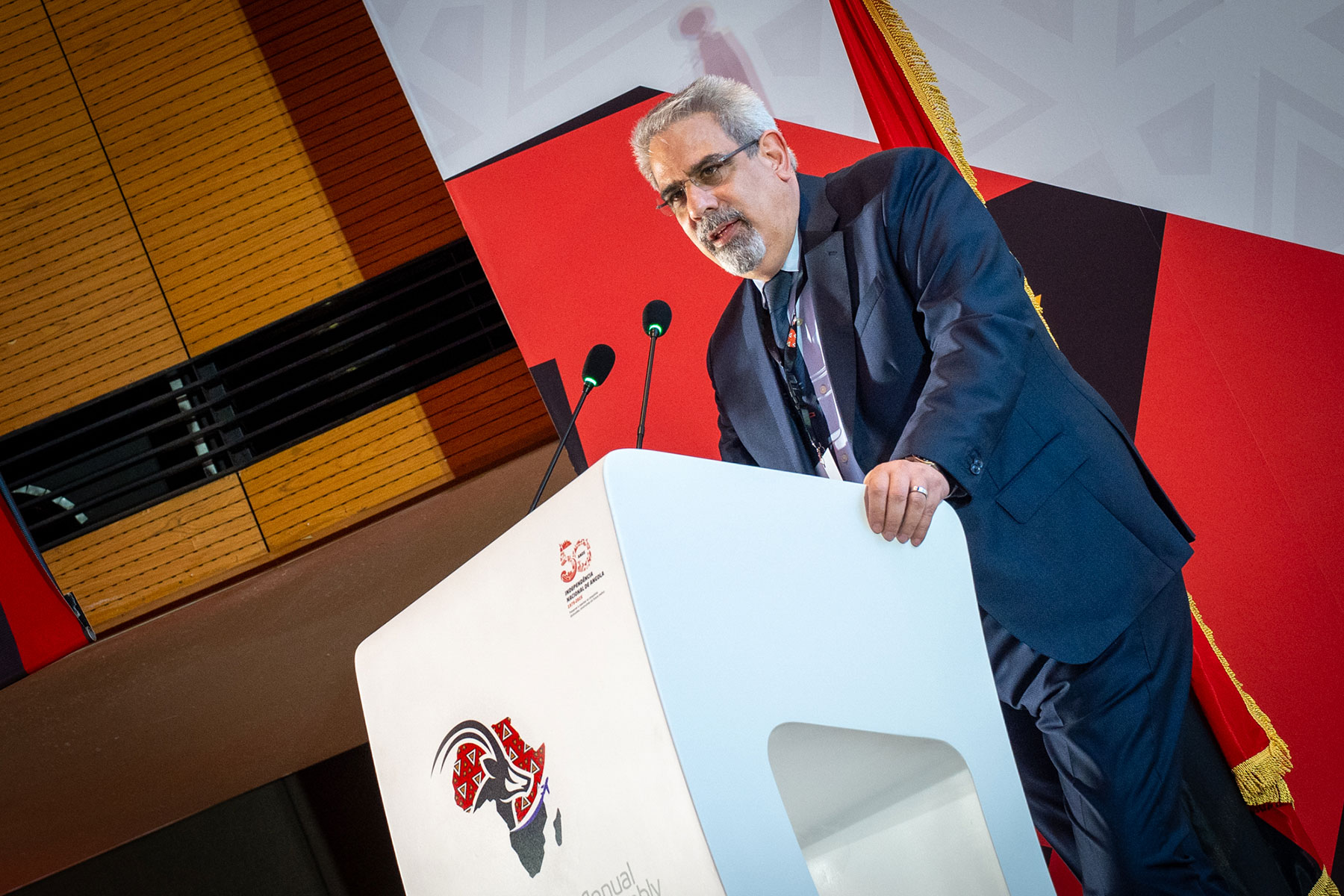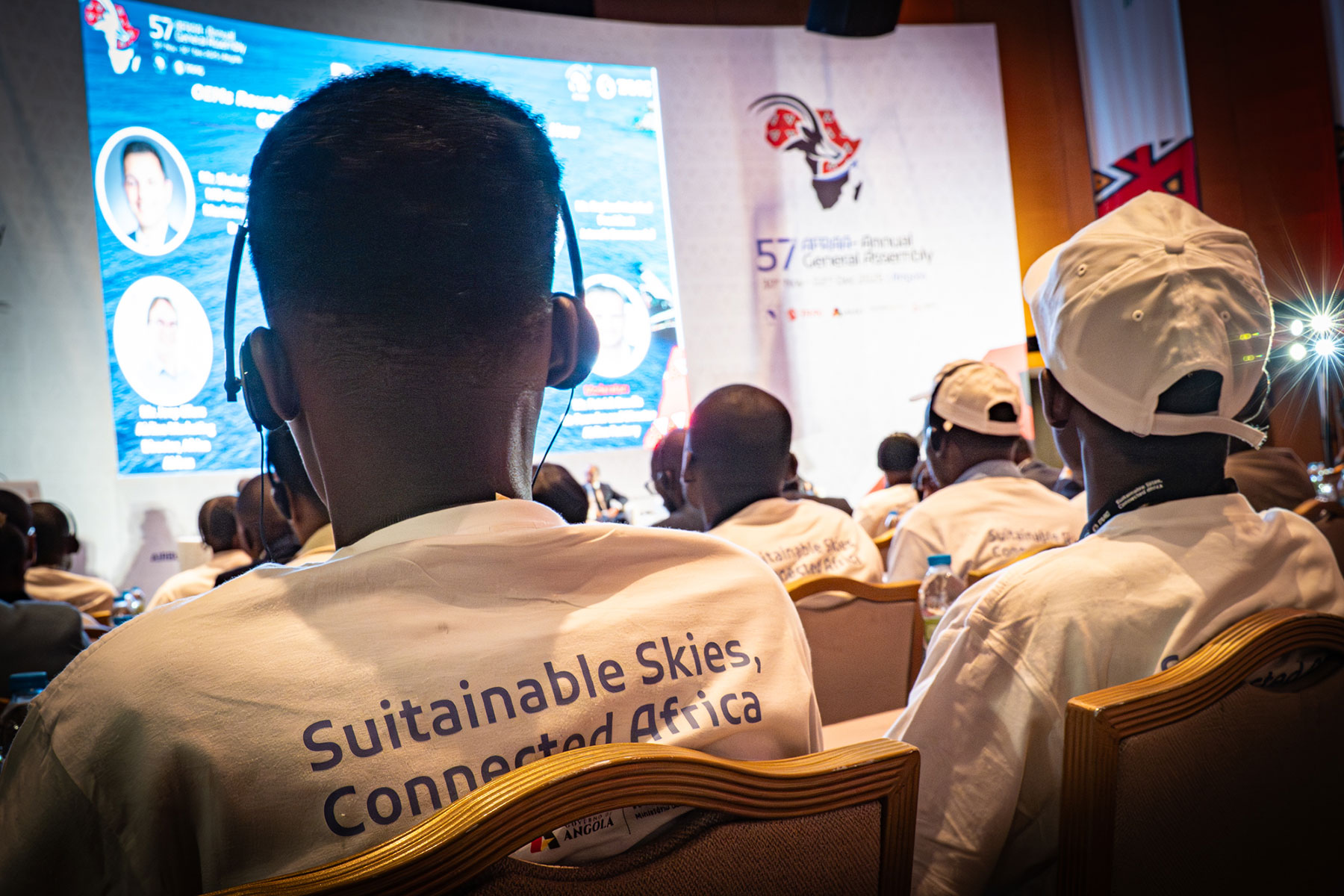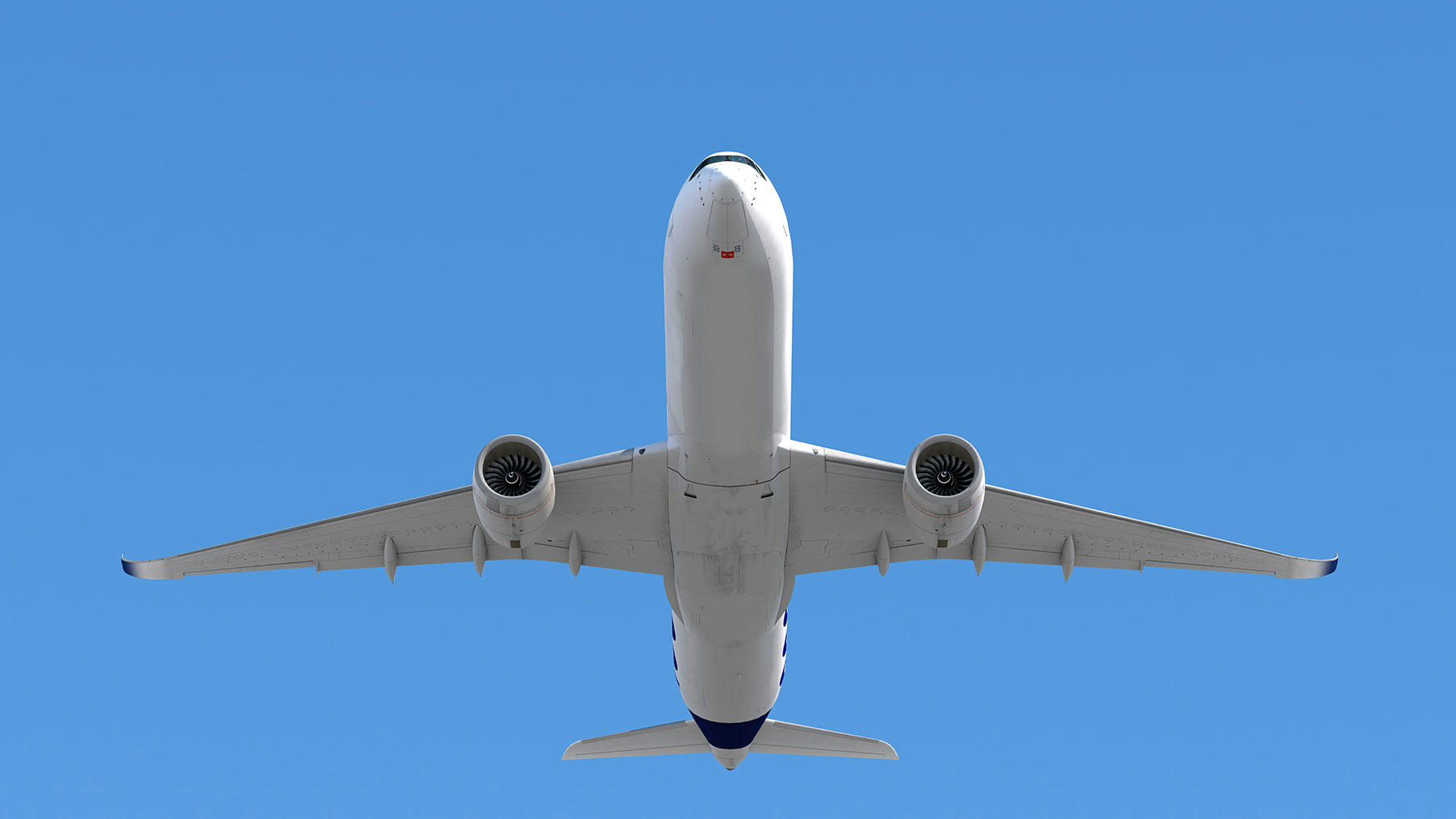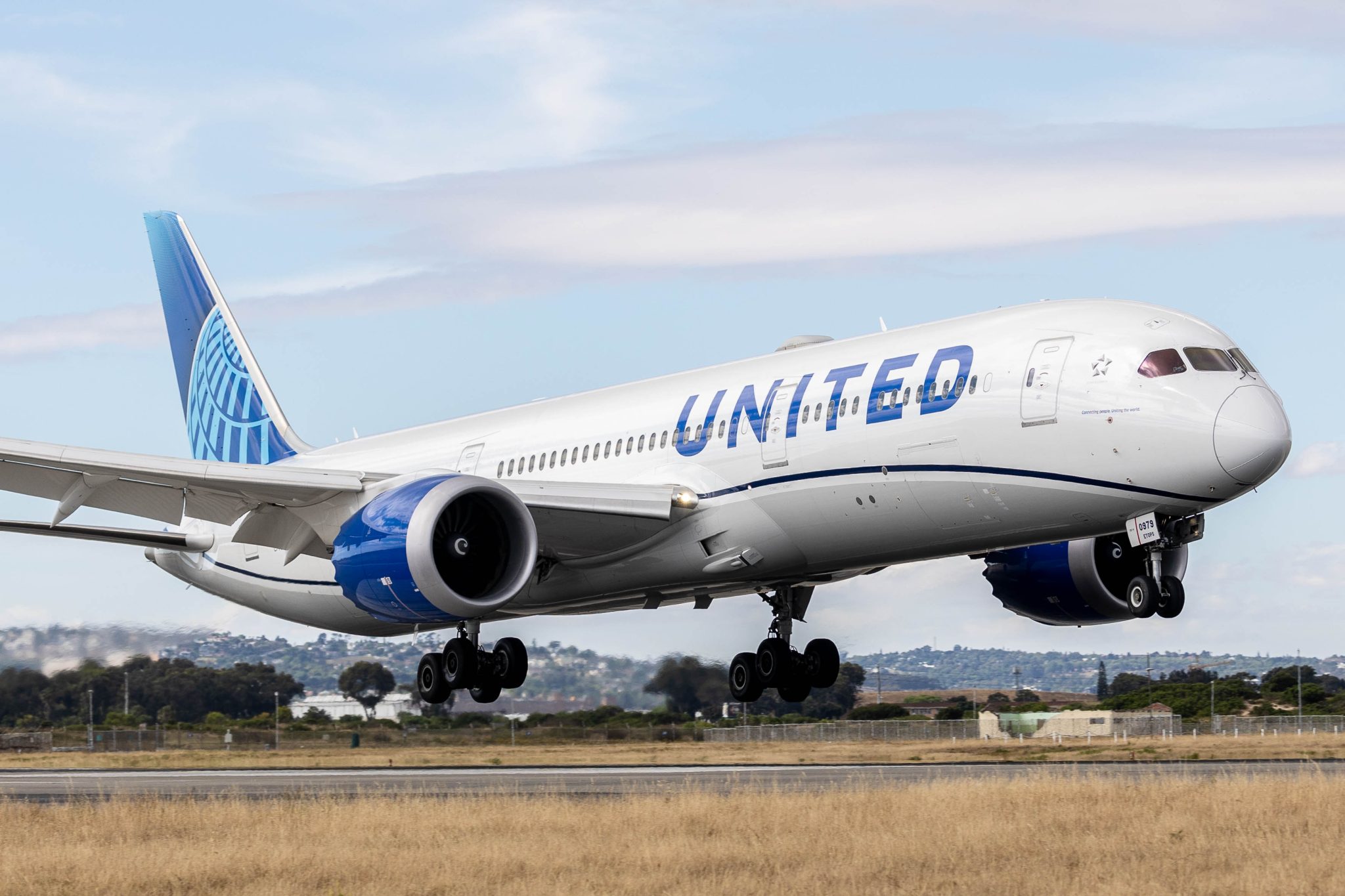As April welcomes autumn into Southern Africa, it also brings around the time of year for a unique conservation project to take place. In the rugged terrain of the Western Cape Mountains, a daring form of environmental conservation takes place annually to tackle the invasive species threatening the biodiversity of the region. Known as “Helihacking,” this innovative approach combines the aviation expertise of helicopters with expert mountaineering to combat the proliferation of invasive alien vegetation.
MCC Aviation lends its skilled pilots, together with its utility helicopter, the Human External Cargo (HEC) Bell 407, to this mission annually, and while they are currently preparing for this, we thought we would sit down with them to find out more. We asked them what Helihacking involves, and what the impact has been of their efforts.
A Specialised Technique to Remove Alien Plants
Helihacking is a specialised technique used to remove invasive alien plant species from remote and often hazardous mountain areas. Unlike traditional ground-based methods, this approach uses helicopters to transport skilled volunteer climbers and their equipment to hard-to-reach locations. Once there, the climbers, equipped with chainsaws, fell invasive trees that would otherwise be difficult to access due to the challenging terrain.
The project focuses on two invasive species in the Western Cape: Silky Hakea (Hakea sericea) and Pines (Pinus pinaster). These species pose a significant threat to local biodiversity and water resources. By removing them, Helihacking plays a vital role in restoring natural ecosystems and improving water yield in key catchment areas.
Helihacking Has Had a Significant Impact on Invasive Trees
Since its inception in 2014, the Helihack project has successfully removed thousands of invasive trees, including over 20,000 pines, in two major operations.
This work has been instrumental in restoring biodiversity and improving water yields in the Western Cape’s Strategic Water Source Areas (SWSAs). The project also raises awareness about the ecological threats posed by invasive species and demonstrates the effectiveness of combining specialised skills with innovative techniques in conservation.
An Intricate, Risky Process Filled With Reward
The operation begins with a thorough briefing and planning session, followed by gear checks and a quick reconnaissance flight to assess the wind conditions on the slopes and identify the final target areas. The crew utilises the short-haul technique, flying in groups of three up the eastern slopes of Table Mountain above Kirstenbosch, carrying equipment such as chainsaws, safety gear, fuel, food, water, and warm clothing. For safety reasons, the area of operation is closed off to the public. Teams are dropped off and provided with VHF and Airband radios to communicate with the helicopter and other teams.
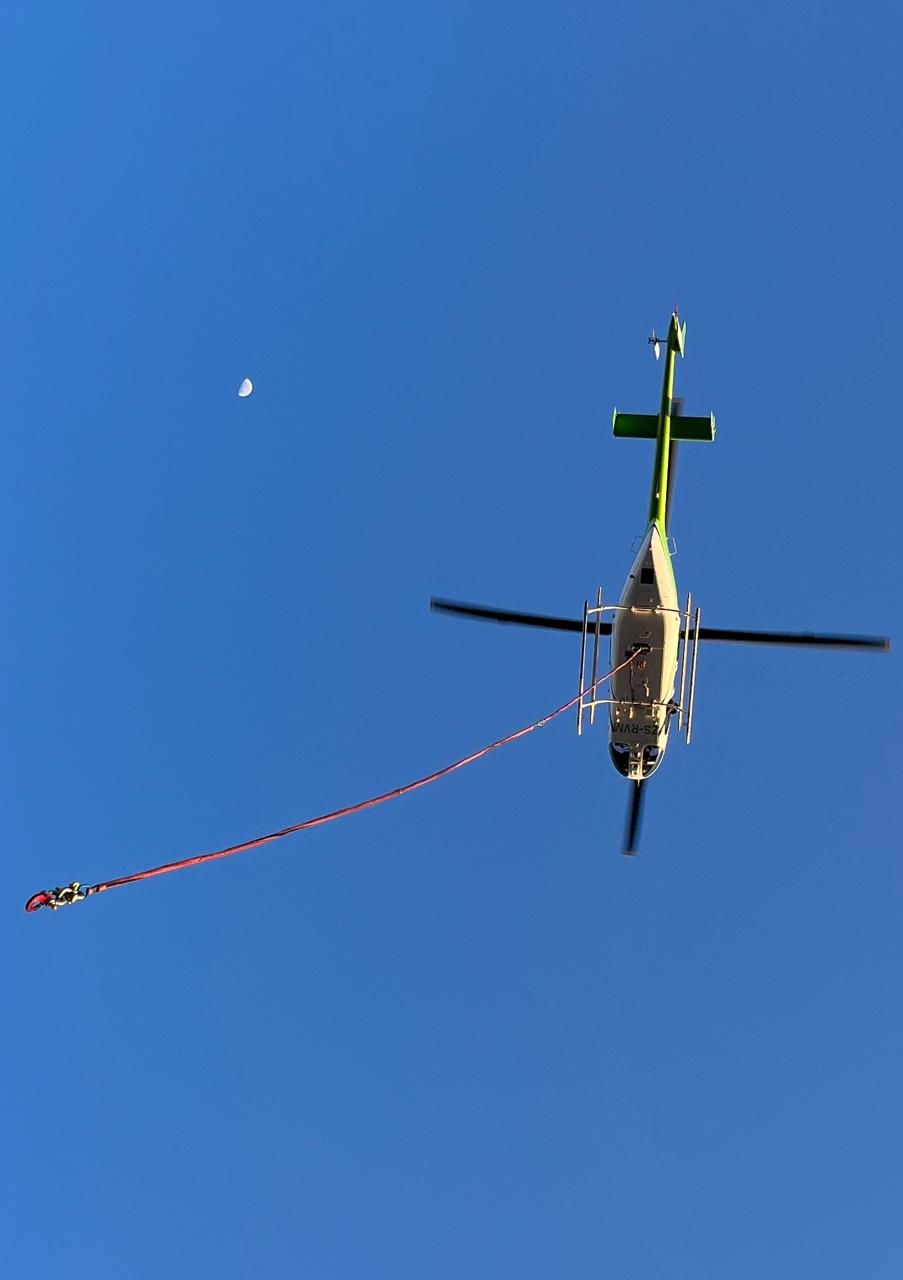
Each climber carries a chainsaw, which typically hangs beneath them during the short-haul helicopter flight. Teams of two or three are harnessed to a strop beneath the helicopter (as Human External Cargo) and are then transported to various locations by the pilot, using the Vertical Reference Long Line technique to position them in their designated areas.
The operation is built on detailed planning. Conservationists identify the areas where invasive species posed the most significant threats, often in steep, rocky regions where traditional access methods were not feasible. Weather conditions, terrain, and the presence of sensitive flora and fauna are all carefully considered to ensure the success of the mission.
On the operational days, the helicopter transports the volunteer climbers and their equipment to these remote areas. Initially, several deployment methods, including skid landing techniques, were tested. However, the most effective approach was shown to involve using a strop to lower climbers and their gear directly onto the steep terrain.
Once on-site, the climbers, who are both experienced mountaineers and chainsaw operators, begin the task of cutting down the invasive trees. This process requires careful handling to ensure safety and efficiency, with chainsaws used to fell the trees, which are then left to decompose on-site.
Given the high-risk nature of the operation, safety is a top priority. The team undergoes comprehensive briefings, and the helicopters are piloted by experts trained in high-altitude flying. Climbers are equipped with the necessary safety gear and adhere to strict protocols to minimise the risk of accidents.
The helicopters themselves are fitted with Onboard Systems’ Human External Cargo (HEC) dual cargo hook kits for the Bell 407 aircraft, which greatly enhance load security by using a hydraulically activated release mechanism, rather than the traditional manual release cable. These kits were certified for a range of external load missions, including HEC, high-value cargo transport, utility line work, short-haul operations, and search and rescue.
Helihack founder, Aleck McKirdy, explained, “This is probably one of the most high-risk operations involving helicopters. It is more expensive, dangerous, and challenging than other methods for eradicating invasive alien vegetation, but it is the most efficient for accessing difficult terrain.”
Expertise and Specialised Knowledge Makes This a Success
The volunteers are not just climbers but also trained in chainsaw operations. This dual skill set is essential for navigating the steep, unstable terrain while handling heavy machinery. Skilled pilots are crucial for the safe and precise deployment and retrieval of personnel and equipment. They must be proficient at flying in challenging conditions and managing the logistics of aerial operations in rugged, mountainous areas.
Various HEC-approved helicopter models, including the Bell 407 and Airbus H125, are used. These helicopters are equipped to carry both people and equipment, making them vital for accessing remote locations. High-performance chainsaws are necessary for efficiently cutting down large trees. The project uses models like the Husqvarna 346 and Stihl 250. Comprehensive safety equipment, including harnesses, ropes, and helmets, ensures the protection of climbers during their operations.
“At MCC Aviation, we take great pride in providing the essential helicopters and skilled pilots that make this mission possible. It’s not just about the technical expertise and equipment, but about supporting a cause that is vital for the future of our natural landscapes. By playing a role in the eradication of invasive species and the restoration of biodiversity, we are contributing to the preservation of our environment for future generations. This mission is one we are proud to be a part of, and we remain committed to ensuring its success through our expertise and dedication.” – Mike Goodwin, General Manager, MCC Aviation.
